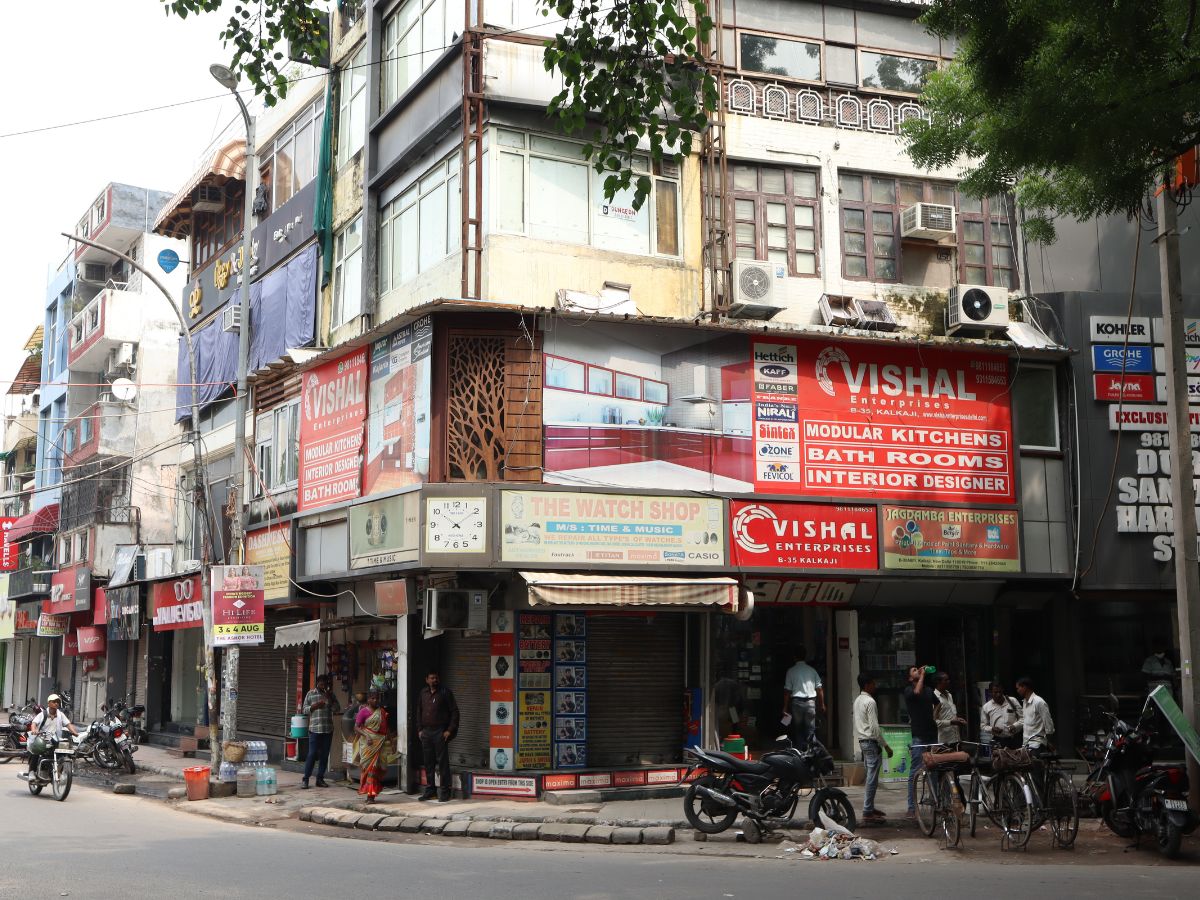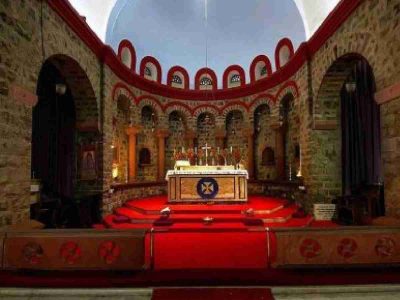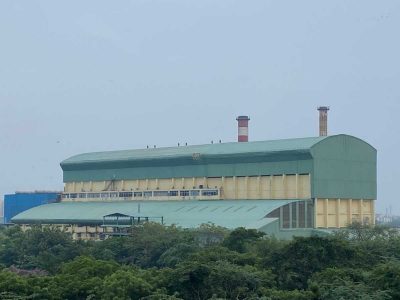“It was the time when Delhi began at Civil Lines and ended at Southend Road near Claridges Hotel. I could go from one end of the city to another hassle-free. Traffic was thin and one could easily spot VIPs moving around in the city”, recalls Parminder Singh Kaur, 75, resident of Lajpat Nagar.
The tale of assimilation of Partition refugees is, in a nutshell, a record of their own untiring efforts and a deep desire to create a space for themselves. Delhi in the years after independence witnessed a perceptible shift or transformation in its demography and socio-cultural map – later to give way to a steady trickle of migrants from other parts of India coming here for jobs.
Jatin Kumar has been living in Karol Bagh for three decades and has vivid memories of the area in the 1970s-80s. He says, “The retail shops dotting the packed lanes of Regharpura in West Delhi were once leather factories. The demography changed massively post Partition. I remember visiting the neighbourhood adjacent to Karol Bagh that was once dominated by the Reghar community. They hailed from Rajasthan and have had stories of how their forefathers were employed by the British to build New Delhi. I miss listening to their stories now!”
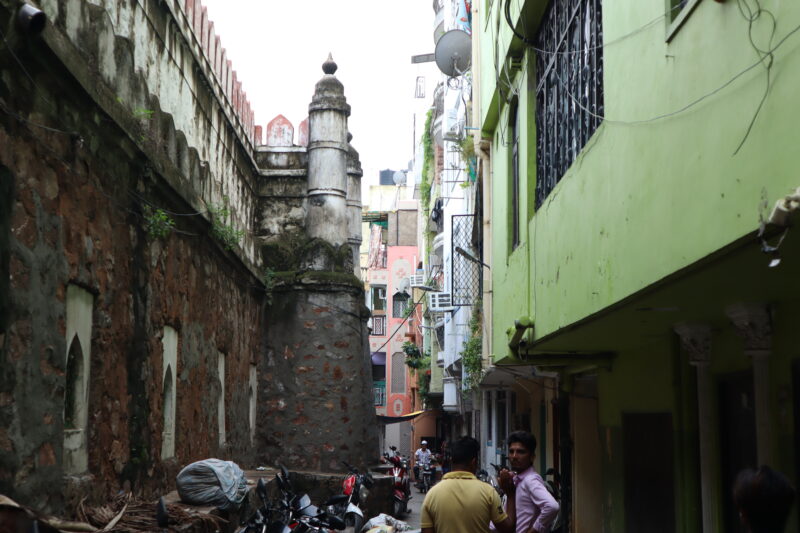
There is a famous anecdote about Partition: once a young Punjabi refugee was hawking newspapers in a posh market in Delhi. A man offered him a rupee (then a large sum) for the newspaper out of kindness. The hawker angrily protested that he wasn’t a beggar, and refused to take the money.
VKRV Rao, the economist, recounting this incident, commented, “Here was a gallantry that mocked adversity and would never admit defeat.” The memory of the Partition, especially in Delhi, is filled with anecdotes such as these. The display of this kind of ‘gallantry’ lined the stories of Punjabi upper-caste refugees, mostly from the trading castes, who had been comfortably off in the pre-Partition era.
Bhushan Singh, 83, who belongs to the community and lives in a tiny 15×35 feet one-room flat in Khirki village, has some recollections of the chaotic days following Partition. He goes back to the many camps that came up around his neighbourhood and recalls how details of refugees were noted down in all these years.
He ponders: “Those from the lower castes were allotted houses in this area. Most of the people settled here are from the Valmiki community. I have read so much about Partition in history books and literary essays on the internet but there’s hardly anyone who has documented how Partition led to caste-based oppression in Delhi. The segregation should have been mentioned in the books that don’t forget to write about how the upper castes were doing business – all those words of praise.”
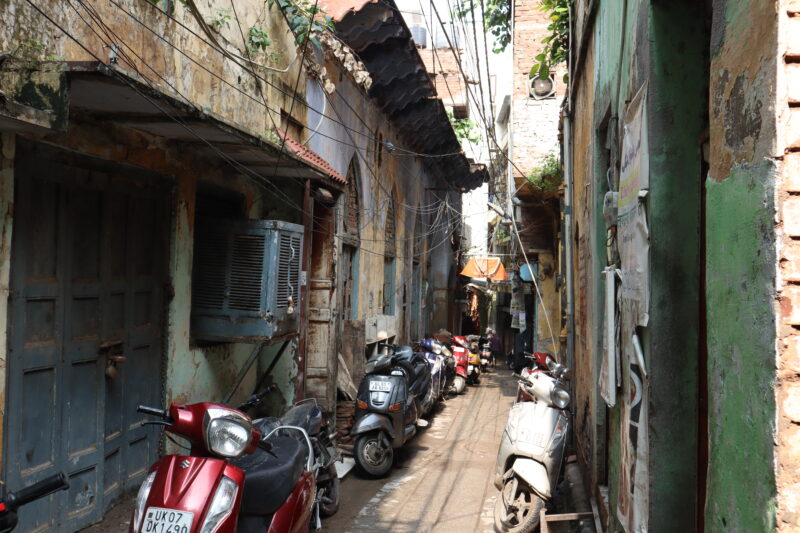
There are numerous stories from 1947 that can be heard in almost every nook and cranny of Delhi, specifically, the southern part of the city such as Lajpat Nagar, Malviya Nagar, Karol Bagh and Rajinder Nagar.
Historian Ravinder Kaur, who authored the book Since 1947: Partition Narratives among Punjabi Migrants of Delhi (2007), said she conducted a large-scale survey of different resettlement colonies in Delhi in the early 2000s and realised that almost everyone was upper caste there.
In her search for the Dalit refugee settlements in Delhi, she found that the Ministry of Rehabilitation had, on 15 February 1948, established a ‘Harijan section’ with the purpose of settling uprooted Dalits. Funds were allocated for establishing a housing colony for such communities in Regharpura. “On the Delhi resettlement, the report further mentions that ‘At the end of August 1948, Regharpura scheme was almost completed. Two co-operative housing societies for Harijans were formed, and share capital worth Rs 4,000 was subscribed till 31 August 1948. The Harijan families also secured tarpaulins to cover their roofless huts’,” she noted in her book.
Interestingly, Regharpura was first settled by the British colonial government in the early decades of the 20th century when they required labour to build the new capital. Hundreds who were recruited were from the Scheduled Castes, and by the 1940s, settled in these colonies. After Partition, lower caste refugees from Pakistan were resettled in this same locality, where fresh mud huts were built for them. Later, the government constructed concrete sheds for them.
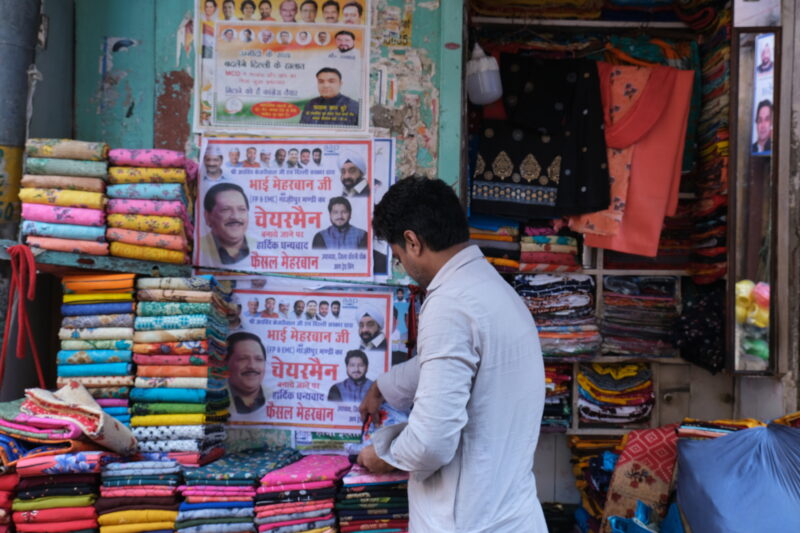
Advocate Gayatri Sharma explains that India has always been a welcoming nation. The diversity of the nation is something that attracts people from across the world. After partition, refugees settled in various parts of Delhi obviously brought in a gamut of cultures.
She says, “My grandparents were from Pakistan and came to India after Partition in 1947. They owned a hosiery shop in Nehru Place (we still have the shop). We still have the trade culture of compensating the person if he/she returns.”
So despite the huge socio-cultural and demographic changes in Delhi, the values remain constant, she says.
Changing cuisine
Senior citizen Gayatri, who lives in New Friends Colony, adds that there was also a shift in food habits. “It was the Punjabis from Pakistan who brought in butter chicken recipes that we love today so deeply.”
Chef Nishant Choubey elaborates, “In North Indian cities like Delhi, the food culture evolved after Partition. The coming in of the immigrants from across the border led to the replacement of the rich ‘royal’ Mughlai food of Shahjahanabad by Tandoori traditions in the form of tomato-based gravies and curries. That bold and tangy tomato-ey flavour became everyone’s favourite.”
The iconic Moti Mahal, set up by a refugee called Kundan Lal Gujral in Daryaganj, was an ode to Peshawari cuisine. The ‘makhni’ (buttery) gravy full of butter, curd and tomatoes shot into popularity.
Another lasting contribution to Delhi’s cuisine was brought in by Hindus from Sindh (in present-day Pakistan), who introduced Sindhi papad (crisp flatbread) which is spicier than the south Indian version. And then there was kadhi, a curd-based curry.
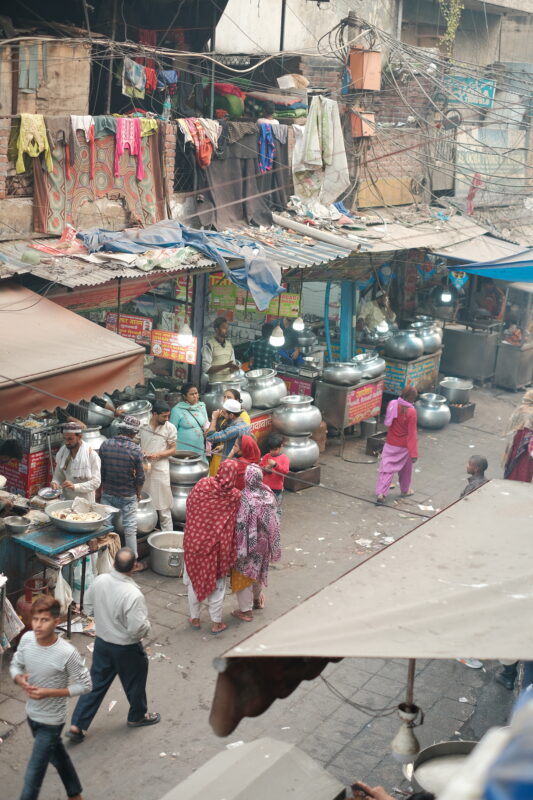
Evocative names
Seema Narain, professor of political science at Deshbandhu College, University of Delhi fondly remembers that Rajendra Nagar was hurriedly created after 1947 to give shelter to the refugees. “These neighbourhoods were primarily named after Hindu Congress leaders: Rajendra Nagar, Patel Nagar, Tilak Nagar and Lajpat Nagar. Over time, the accents of its inhabitants mellowed ‘Rajendra Nagar’ down to the more local and affectionate ‘Rajinder Nagar’, just as Connaught Place became ‘Knaat Place’, and residential colonies all across South Delhi became ‘c’lonies’.”
Rajinder Nagar was, without doubt, a Punjabi colony. “Most Punjabi villages and towns have always had common tandoors for baking bread; women of the house would prepare the dough at home and then take it to the communal oven to cook,” she says.
“Hence, tandoors sprang up in Rajinder Nagar. In the afternoons or early evenings, grandmother would make dough at home and take it to the tandoorwala who sat down the street, relying on the households of the neighbouring lanes for business. There were no counters, no tables and chairs, no awning—just five bricks and a clay oven,” Narain says.
Karol Bagh was Delhi’s western limit, prior to 1947. West of that was an expanse of forest. That is where all of West Delhi lies today. These refugee colonies, U-shaped with a park in the middle, became the template for subsequent neighbourhoods. And this was the beginning of the formation of Rajinder Nagar, West Patel Nagar, Moti Nagar, Rajouri Gardens: overwhelmingly Punjabi neighborhoods that are today quintessentially Delhi.
Cultural osmosis
Hindustani classical music may not be what people first expect from the land of Sufism and qawwali, Pakistan. But cultural programmes organised by Delhi exposed people to the roots of the music they are so fond of listening to. In a nutshell, language, attire and music also underwent a change. New festivals were introduced – Lohri and Baisakhi, for instance – and with these came the dhol to replace the dholak, along with folk dances like Bhangra and Gidda.
Historian Sohail Hashmi notes that the Delhi of 1947 was very different from the Delhi of 1977. In fact, the Delhi of today is very different from what it was 25 years ago. “This latest change has also been induced by migration, but this time it is neither sudden nor cataclysmic, though its overall impact is as fundamental as the change that Delhi had gone through in the immediate aftermath of Independence and the accompanying disorder and disarray.”
He points out that culture and its constituent elements — language, attire, food, music, dance, and rituals — that are markers of our identity are in a state of flux. “We are constantly changing, adapting, absorbing, appropriating, accepting and discarding things and in that process, we give birth to a way of life and a system of values and ethics. It is in this dynamic, in this constant renovation, innovation, even reinvention that identities are fashioned and refashioned and, therefore, to talk of categories such as culture or identities as frozen in time, as unchanging categories, spanning across centuries is flying in the face of facts of history.”
He asks us not to forget the influences of the Jats and Gujjars who inhabited scattered villages. “And yet the city retains its Delhiness, even as it constantly renews itself,” concludes Hashmi.
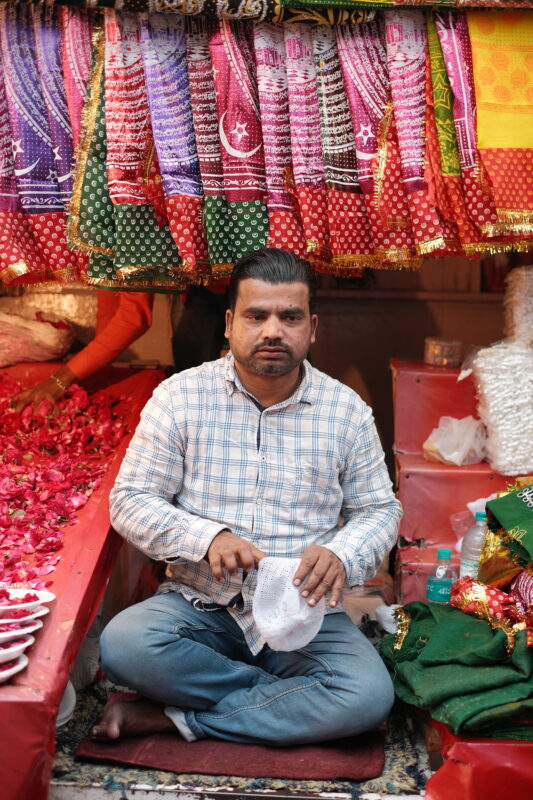
Northern ethos
In 1942, there was barely anything south of Civil Lines, a British-era neighborhood known for its European-style hotels, including the famous Maidens Hotel. Empty land on ‘Kingsway’ was earmarked for the Viceroy’s House (which later became Rashtrapati Bhavan) but was eventually built on Raisina Hill. ‘Kingsway Camp’ would become Delhi’s largest refugee camp.
In 1956, Delhi’s northern limits expanded significantly when the government allotted 2,000 acres of land to the Ministry of Relief and Rehabilitation to permanently resettle refugees. As per the 1951 Delhi Census, one of the earliest such colonies to come up was Vijay Nagar, west of Civil Lines. Model Town, further up, and to the west, was also on the map by then.
There was also a movement to central Delhi when in the mid-1950s, refugees moved into empty flats in Lodhi Colony and built homes around the villages in Nizamuddin and Jangpura. The change was also afoot deeper in Lutyens’ Delhi. In 1951, Khan Market opened. The shops on the ground floor, and the flats above, were all owned by refugees.
Farm to concrete forest
South Delhi of today was once farmland. Officials from the Ministry of Relief and Rehabilitation drove through these parts, sometimes riding horseback, inspecting land for refugee colonies.
By 1956, Lajpat Nagar and Defence Colony came up. But the rest of what forms South Delhi today was not on the map yet. Barring Malviya Nagar in the far south, where land had been allocated for industries, it was all villages and splendid tombs.
Send comments to feedback@thepatriot.in
For more stories that cover the ongoings of Delhi NCR, follow us on:</strong
Instagram: instagram.com/thepatriot_in/
Twitter: twitter.com/Patriot_Delhi
Facebook: facebook.com/Thepatriotnewsindia

